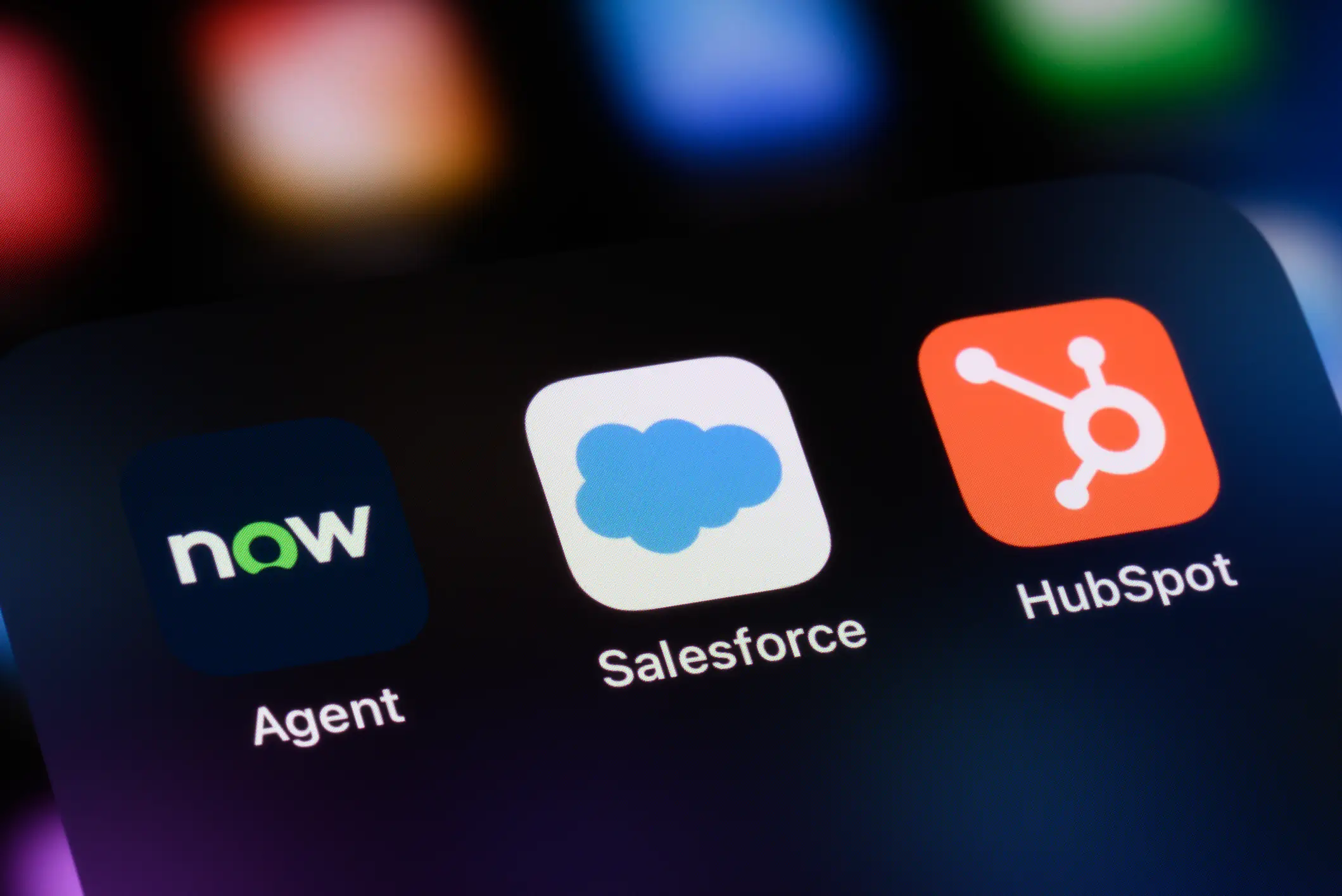Customer experience professionals know that satisfaction isn’t built in a single moment—it’s crafted across every interaction your customers have with your brand. But measuring customer experience across touchpoints?
That’s where things get tricky.
Most organizations struggle with fragmented data, disconnected systems, and surveys that only capture part of the story.
The result is a patchwork view of customer satisfaction that misses critical insights and opportunities for improvement.
Here’s how to build a measurement strategy that captures satisfaction across your entire customer journey, from first contact to long-term loyalty.
Understanding the Foundation: Core Satisfaction Metrics
Before diving into touchpoint-specific measurement, you need to understand the fundamental metrics that form the backbone of any satisfaction program.
These aren’t just numbers—they’re your early warning system for customer experience issues.
Customer Satisfaction Score (CSAT)
Customer Satisfaction Score (CSAT) measures immediate satisfaction with specific interactions using a simple 1-5 or 1-10 scale.
It’s your most direct feedback mechanism, perfect for post-interaction surveys that capture satisfaction while the experience is fresh.
Calculate CSAT by dividing satisfied customers (rating 4-5 on a 5-point scale) by total responses, then multiply by 100.
Aim for satisfaction rates above 80%, but focus more on trends than absolute scores.
Net Promoter Score (NPS)
NPS measures customer loyalty by asking one simple question: “How likely are you to recommend us to a friend or colleague?”
Customers rating 9-10 are Promoters, 7-8 are Passives, and 0-6 are Detractors.
The power of NPS lies in its correlation with business growth. Research shows that improving NPS by 7 points can result in 1% revenue improvement, with some organizations finding that a single point increase generates hundreds of thousands in additional revenue.
Customer Effort Score (CES)
CES measures how easy it is for customers to get help or complete tasks. Ask “How much effort did you have to put forth to handle your request?” on a 1-5 scale, where lower scores indicate higher effort.
This metric predicts future behavior better than satisfaction alone. For a comprehensive comparison of CES, CSAT, and NPS metrics, understanding how each works together provides the complete picture of customer satisfaction.
Mapping Your Customer Journey for Measurement
Effective touchpoint measurement starts with understanding your complete customer journey. You can’t measure what you don’t map.
Identify Every Touchpoint
Start by cataloging every interaction point between customers and your brand:
- Digital touchpoints: website visits, mobile app usage, social media interactions, email communications
- Traditional touchpoints: phone calls, in-store visits, direct mail, support tickets
- Indirect touchpoints: reviews, word-of-mouth, partner interactions
Prioritize High-Impact Moments
Not all touchpoints carry equal weight in customer satisfaction. Focus your measurement efforts on moments of truth, emotional peaks, and decision points where customers choose to continue or abandon their journey.
Create Journey-Specific Metrics
Different journey stages require different measurement approaches. Capturing feedback across the entire customer lifecycle ensures you understand satisfaction at every stage, from awareness through advocacy.
Choosing the Right Measurement Method for Each Touchpoint
The key to effective touchpoint measurement is matching your data collection method to the specific interaction and customer context.
Post-Interaction Surveys
Perfect for capturing immediate satisfaction while the experience is fresh. Transactional NPS surveys work exceptionally well for measuring satisfaction right after specific touchpoint interactions.
Keep these short (1-3 questions) and focused on the specific interaction. Sample questions include satisfaction ratings, effort scores, and open-ended improvement suggestions.
Relationship Surveys
Longer surveys that explore overall satisfaction and relationship health. Send these quarterly or bi-annually to avoid survey fatigue while maintaining consistent feedback flow.
Real-Time Feedback Collection
Capture feedback at the moment of interaction through embedded surveys, chat widgets, or mobile notifications. This approach works particularly well for digital touchpoints where immediate response is possible.
Behavioral Data Analysis
Sometimes actions speak louder than surveys. Track behavioral indicators like time on site, repeat purchases, and support ticket volume to understand satisfaction patterns without constant surveying.
Advanced Measurement Techniques
Once you have basic touchpoint measurement in place, these advanced techniques provide deeper insights into customer satisfaction patterns.
Sentiment Analysis
Use AI-powered tools to understand unstructured feedback from surveys, reviews, social media, and support interactions. This reveals emotional drivers behind satisfaction scores that numerical ratings alone can’t capture.
Journey Analytics
Track satisfaction across the entire customer journey, not just individual touchpoints. Journey mapping capabilities help visualize how experiences in one area affect satisfaction in others, revealing the interconnected nature of customer experience.
Predictive Analytics
Use historical satisfaction data to predict future customer behavior. Identify customers at risk of churning before they actually leave, enabling proactive retention efforts based on satisfaction trends.
Implementing Your Touchpoint Measurement Strategy
Success requires more than just collecting data—you need systems and processes that turn insights into action.
Start with High-Impact Touchpoints
Don’t try to measure everything at once. Begin with touchpoints that generate the most customer complaints, have the highest business impact, or offer the easiest implementation wins.
Establish Baseline Measurements
Before implementing improvements, establish current satisfaction levels across your priority touchpoints. Collect at least 100 responses per touchpoint to ensure statistical significance.
Create Action Plans
Develop systematic approaches for translating satisfaction insights into improvements. Voice of the Customer programs provide the framework for systematically gathering and acting on satisfaction feedback from multiple touchpoints.
Technology Solutions for Touchpoint Measurement
The right technology stack makes touchpoint measurement feasible and actionable. Customer experience tools for Salesforce eliminate data silos and enable complete customer views that connect satisfaction data with customer history and interactions.
Native CRM Integration
Choose solutions that integrate directly with your existing CRM system. This eliminates platform switching and enables immediate action on satisfaction insights without data export headaches.
Real-Time Analytics
Modern platforms provide immediate visibility into satisfaction trends, enabling rapid response to emerging issues. Look for automated alerting, real-time dashboards, and instant notification capabilities.
Multi-Channel Data Collection
Your measurement platform should collect feedback across all touchpoints, from email surveys to website widgets to mobile app prompts. Collecting feedback at critical touchpoints demonstrates how strategic timing maximizes response quality and actionable insights.
Building a Culture of Customer-Centric Measurement
Technology and processes only succeed with organizational commitment to acting on customer feedback.
Share Insights Across Teams
Make satisfaction data visible and actionable for everyone who impacts customer experience. Sales, support, product, and marketing teams all need access to relevant satisfaction insights.
Connect to Business Outcomes
Establish clear correlations between satisfaction improvements and business results. UX KPIs that drive customer growth help demonstrate how satisfaction measurements connect to broader business outcomes and user experience optimization.
Celebrate Improvements
Recognize teams and individuals who drive satisfaction improvements. This reinforces the importance of customer-centric behavior and encourages continued focus on satisfaction measurement.
Moving Forward with Touchpoint Measurement
Measuring customer satisfaction at every touchpoint isn’t about collecting more data—it’s about collecting the right data and acting on it effectively. Start with your highest-impact touchpoints, implement systematic measurement processes, and gradually expand your program as you build organizational capabilities.
Remember that satisfaction measurement is an ongoing process, not a one-time project. Customer expectations evolve, new touchpoints emerge, and your measurement strategy must adapt accordingly.
Focus on building systems that make it easy to collect, understand, and act on customer feedback across every interaction. When you get this right, you’ll have a competitive advantage that’s difficult for others to replicate—deep, actionable insights into what drives customer satisfaction at every moment that matters.
Frequently Asked Questions
How many touchpoints should I measure when starting out?
Start with 3-5 high-impact touchpoints that generate the most complaints or have the biggest business impact. Focus on understanding and improving these areas before expanding your measurement program to additional touchpoints.
What’s the ideal survey response rate for touchpoint measurement?
Aim for 15-25% response rates for post-interaction surveys and 5-10% for relationship surveys. Focus more on response quality and representativeness than hitting specific volume targets.
How often should I survey customers at different touchpoints?
Send post-interaction surveys immediately after key touchpoints, but limit relationship surveys to quarterly or bi-annually. Rotate survey requests across customer segments to avoid survey fatigue.
Can I measure satisfaction without constantly surveying customers?
Yes, behavioral data provides continuous satisfaction insights. Track metrics like feature usage, support ticket volume, repeat purchases, and engagement rates for satisfaction trends without direct feedback.
How do I connect satisfaction scores to actual business results?
Track correlations between satisfaction improvements and business outcomes like revenue, retention, and referrals. Start measuring these relationships early to build the foundation for future ROI calculations.
More Like This

Rajesh Unadkat 
Founder and CEO
Rajesh is the visionary leader at the helm of SurveyVista. With a profound vision for the transformative potential of survey solutions, he founded the company in 2020. Rajesh's unwavering commitment to harnessing the power of data-driven insights has led to SurveyVista's rapid evolution as an industry leader.
Connect with Rajesh on LinkedIn to stay updated on the latest insights into the world of survey solutions for customer and employee experience management.



